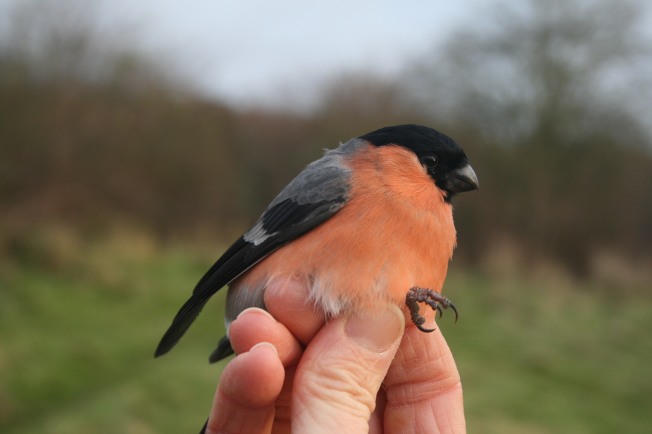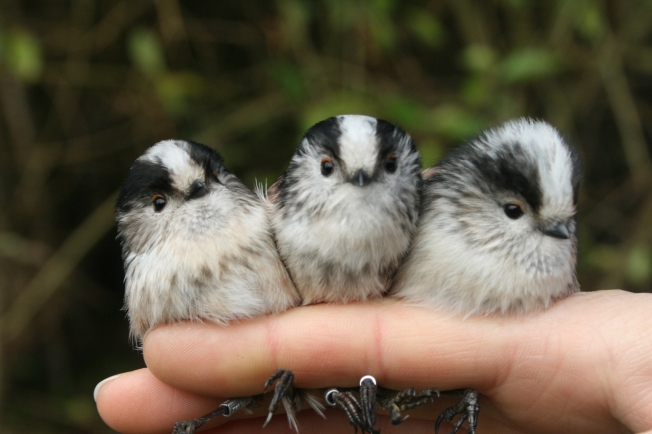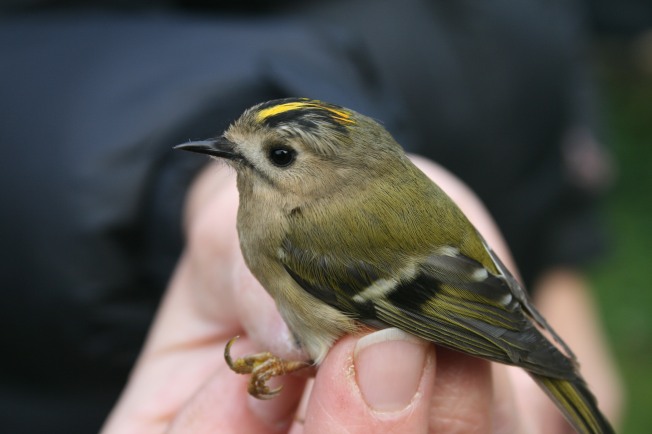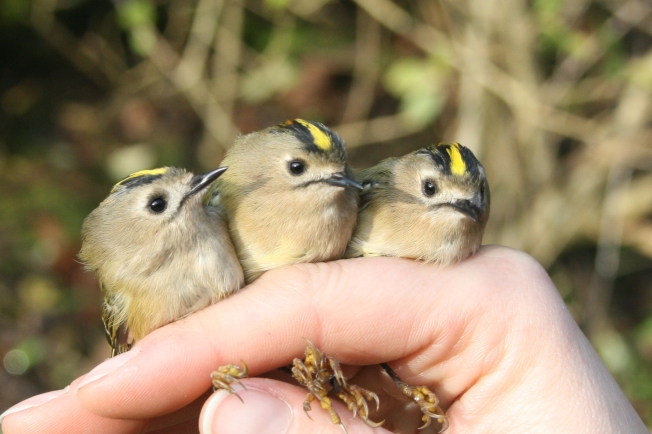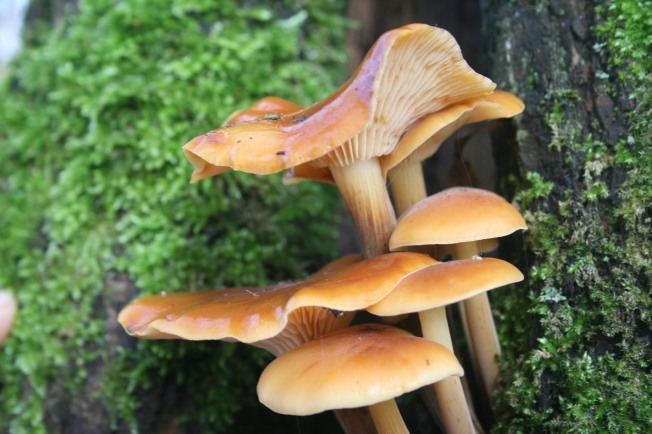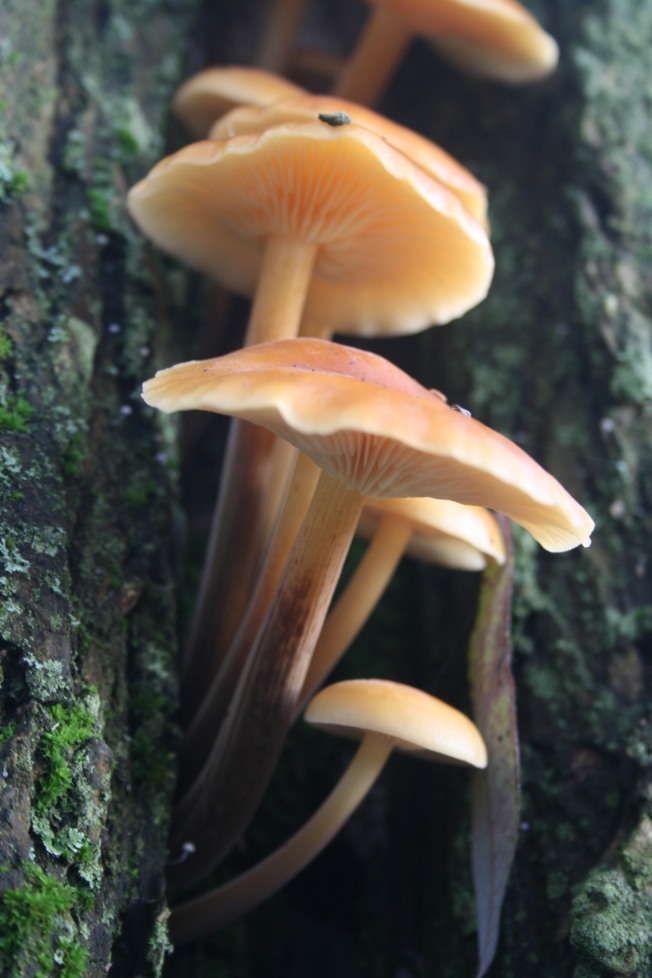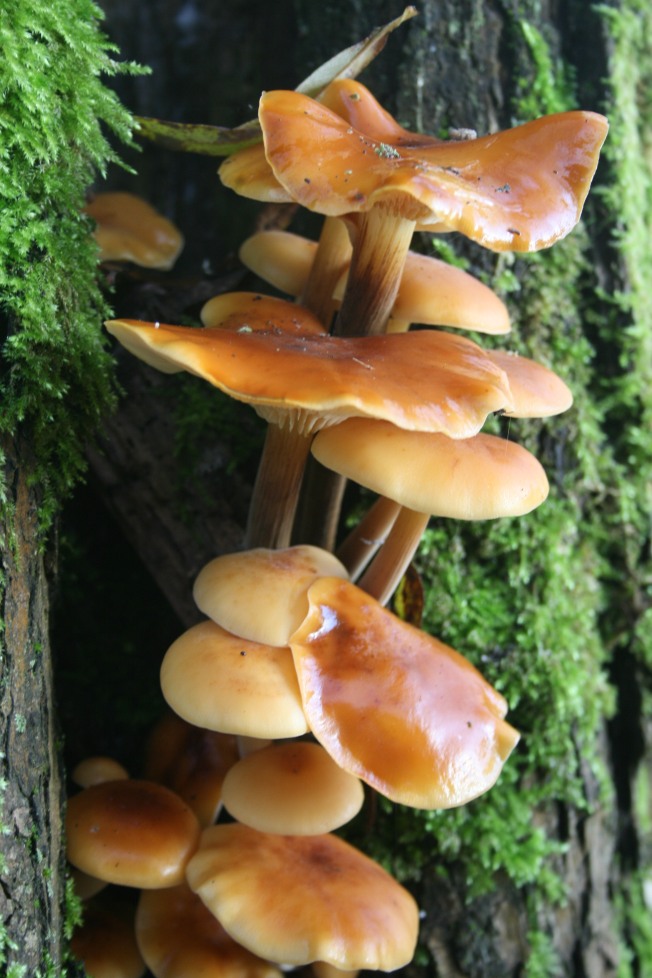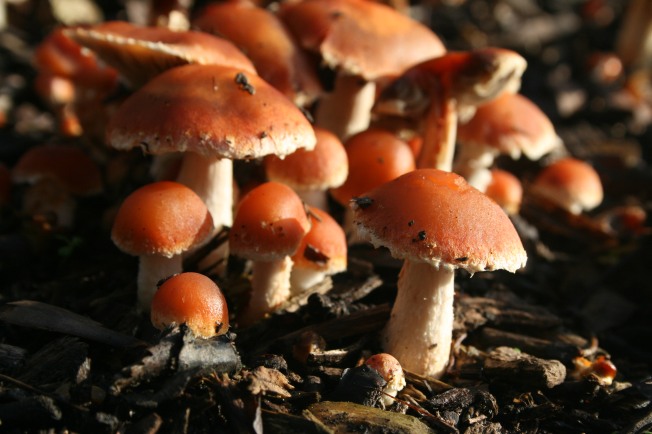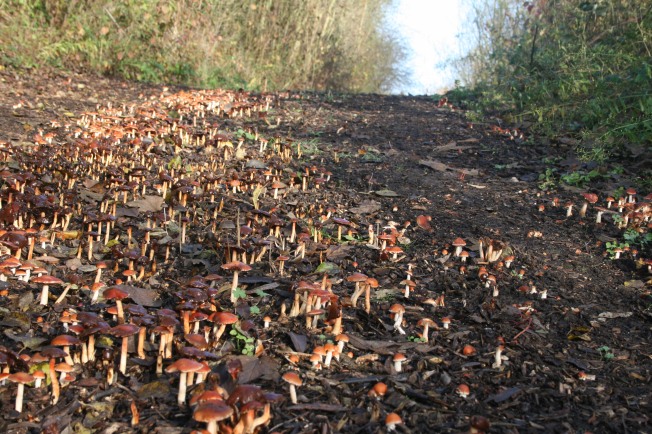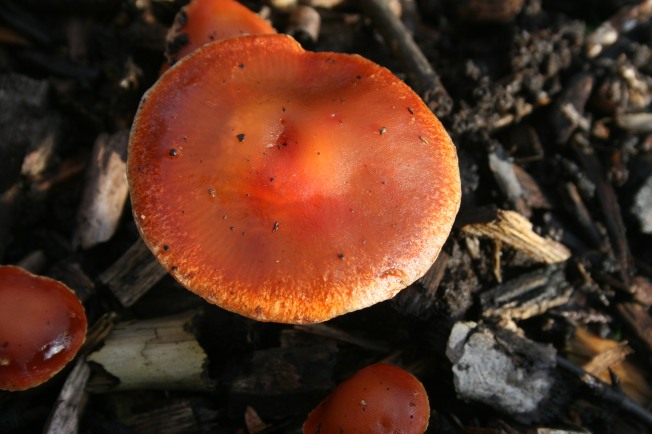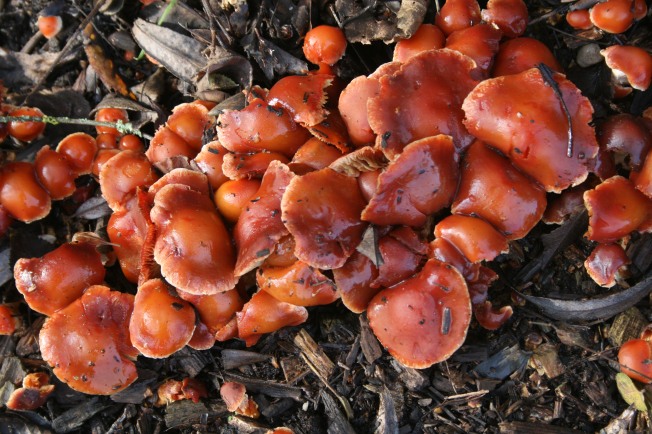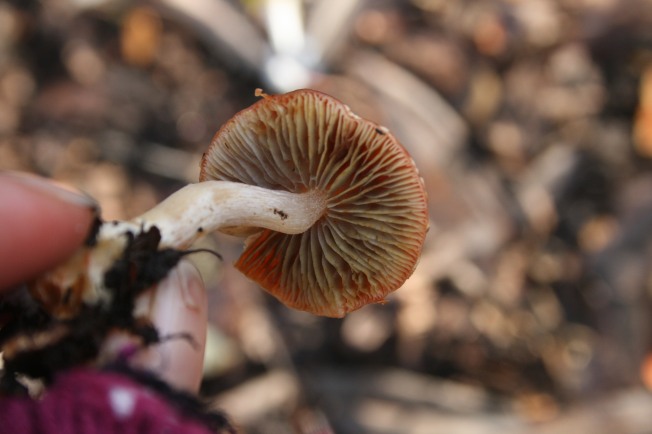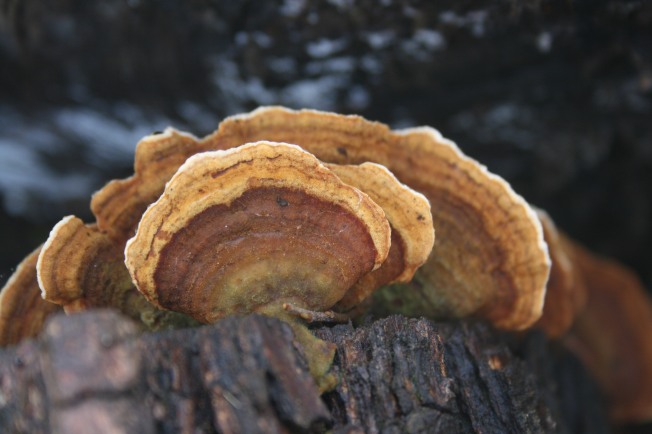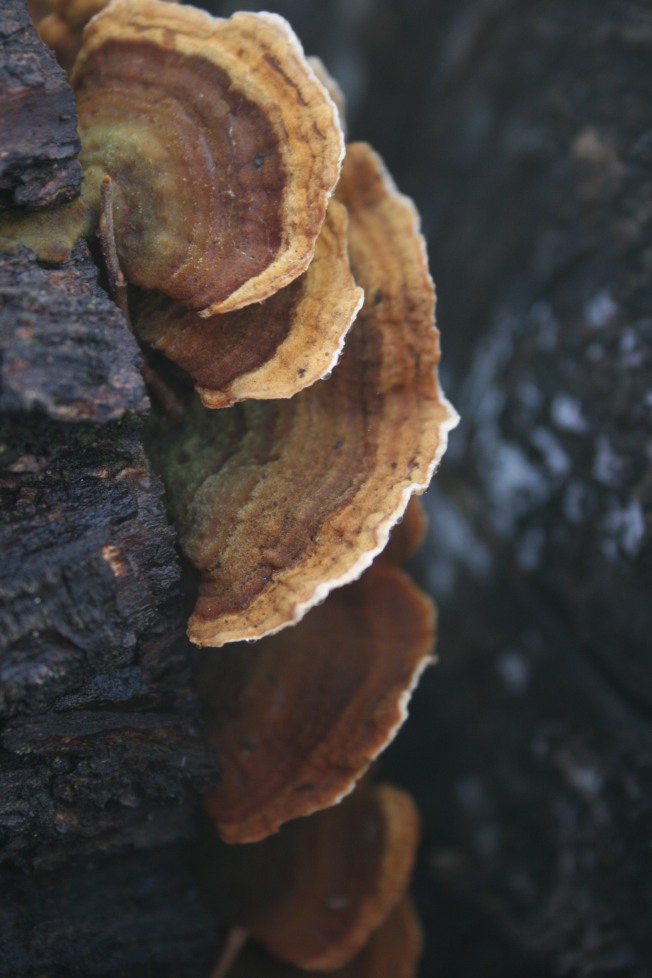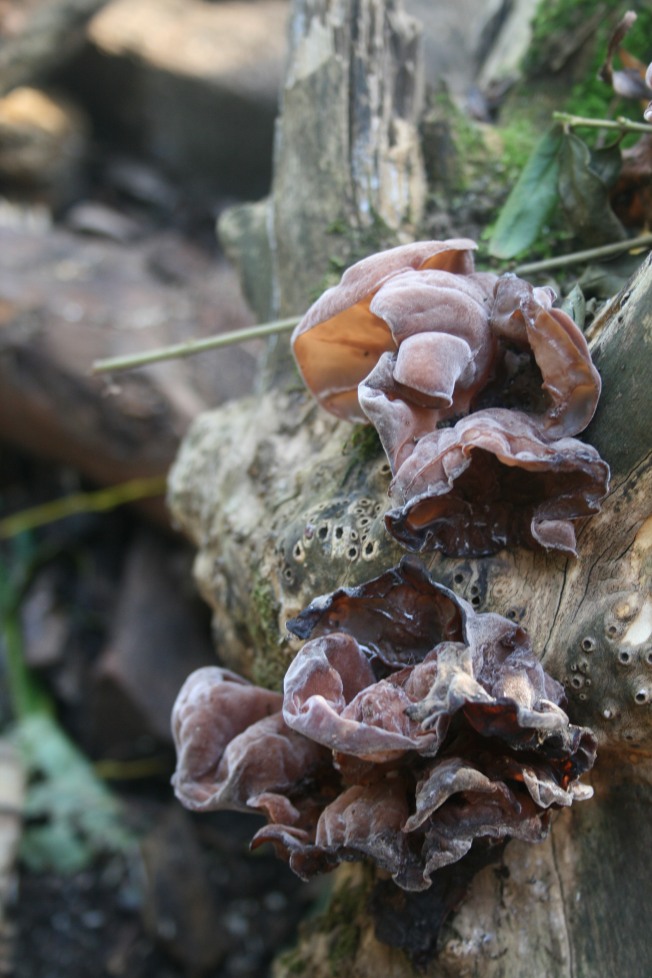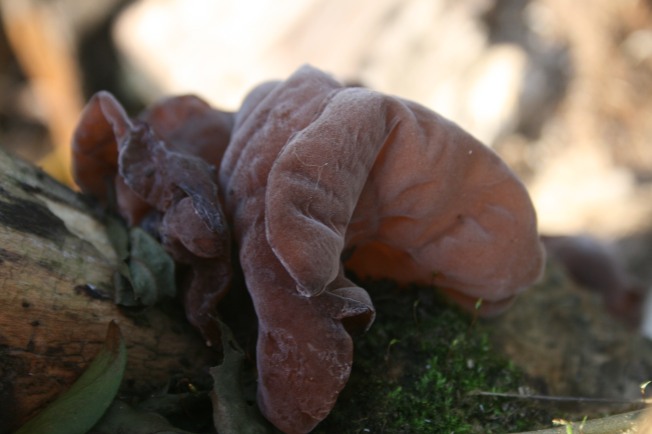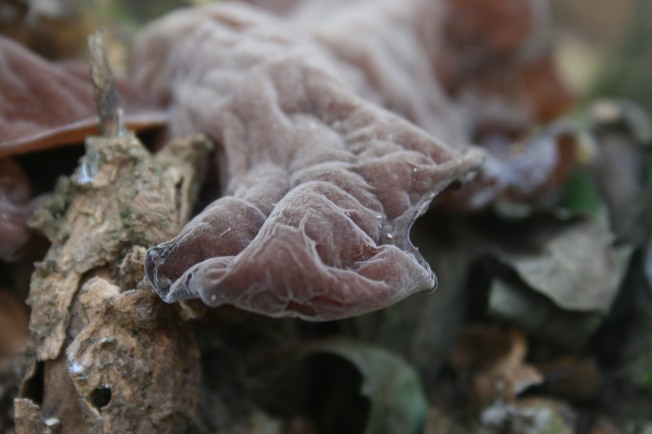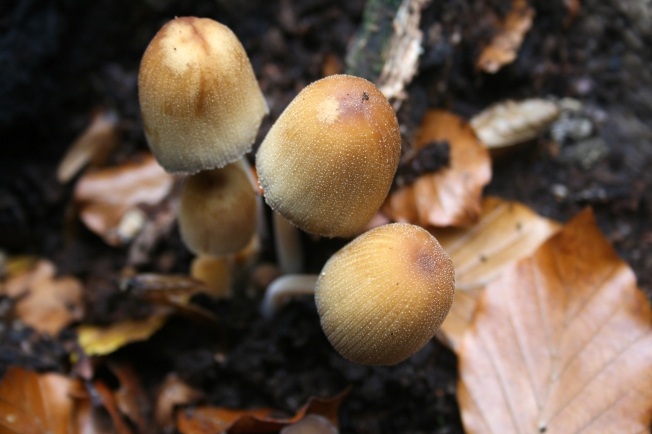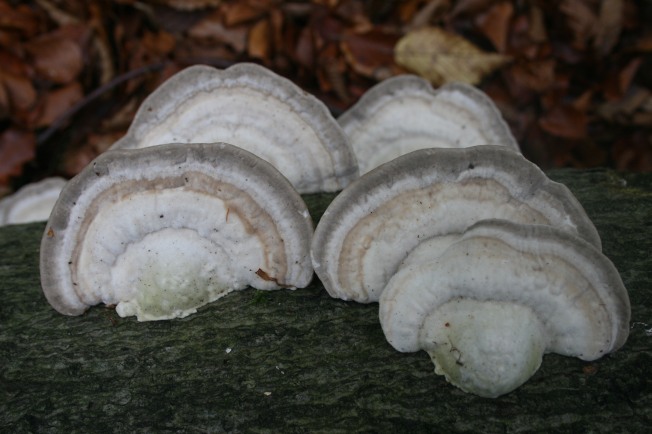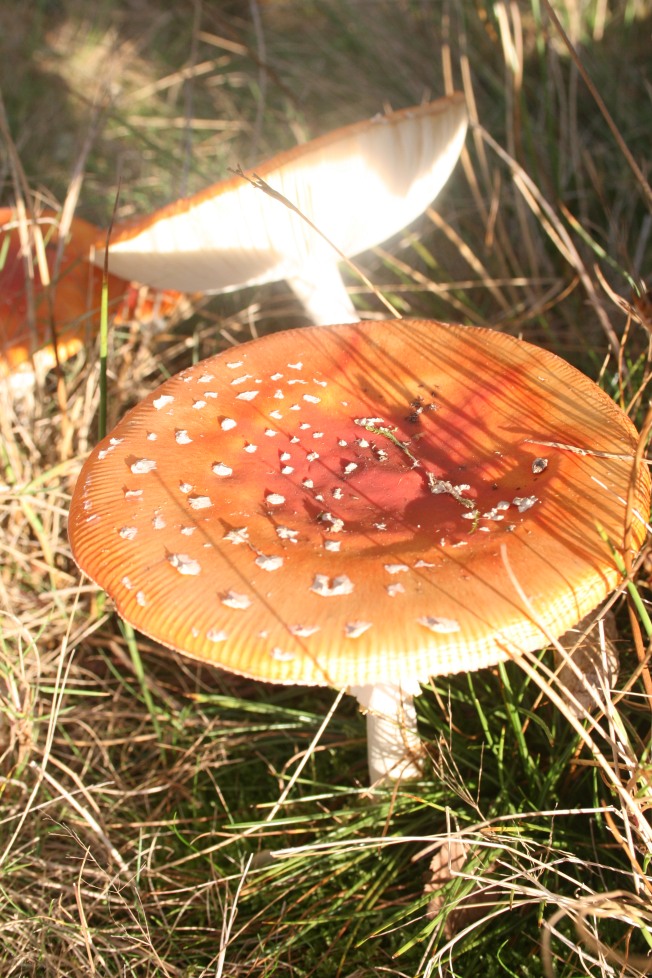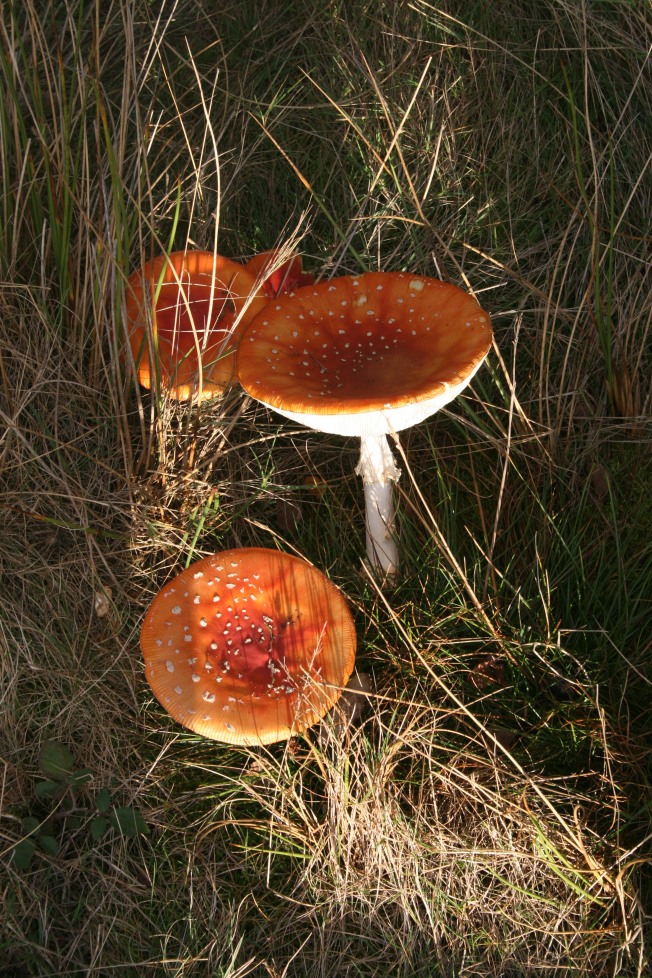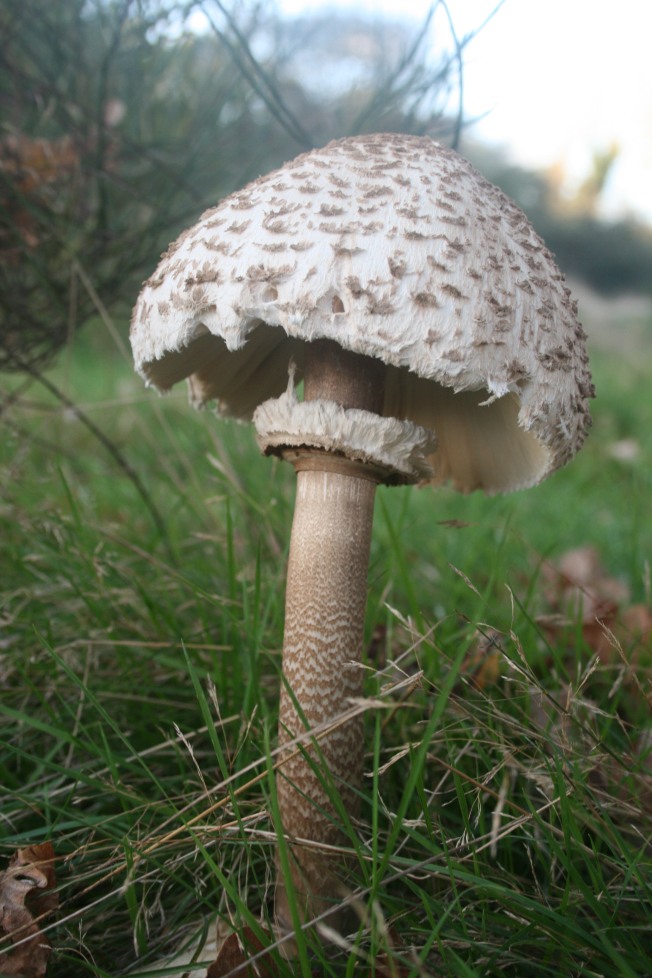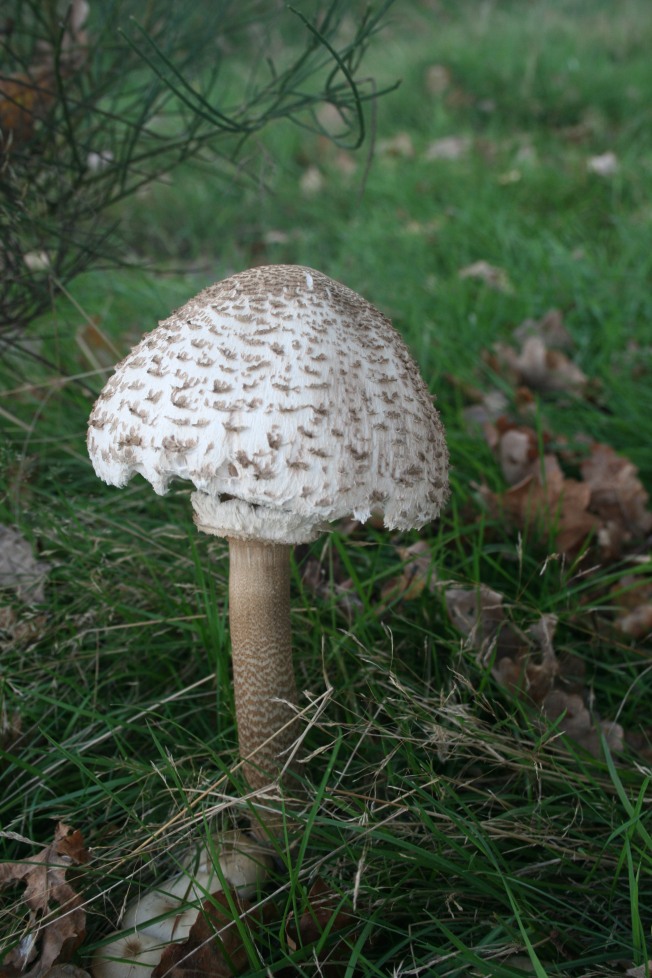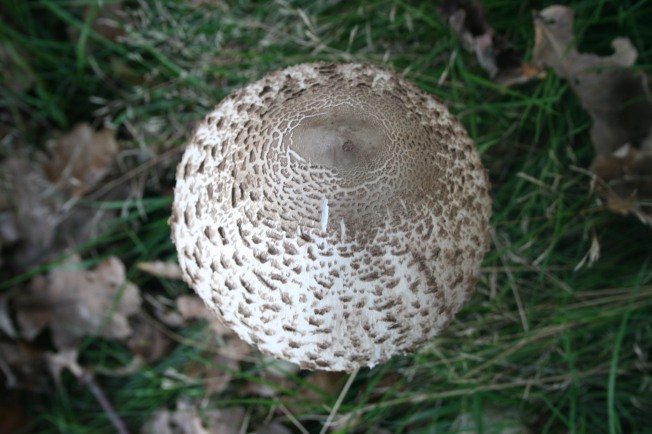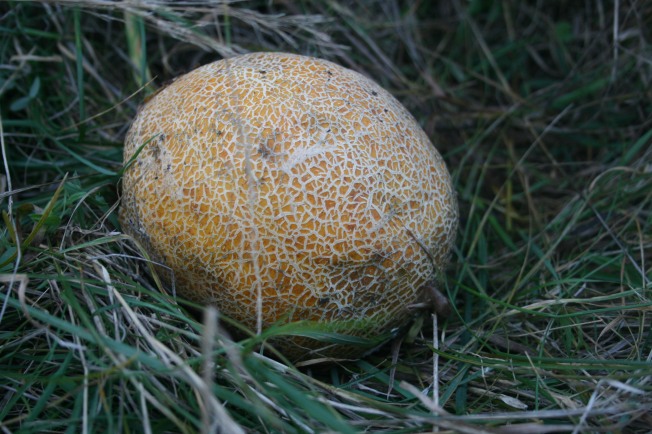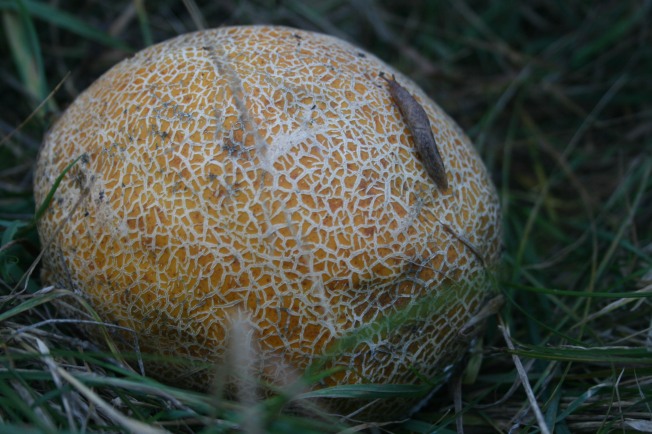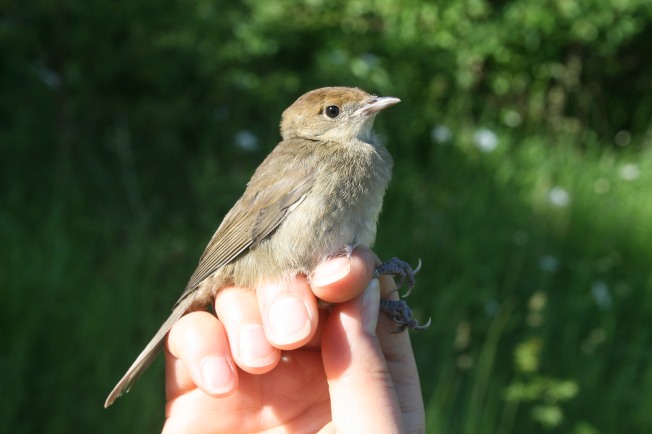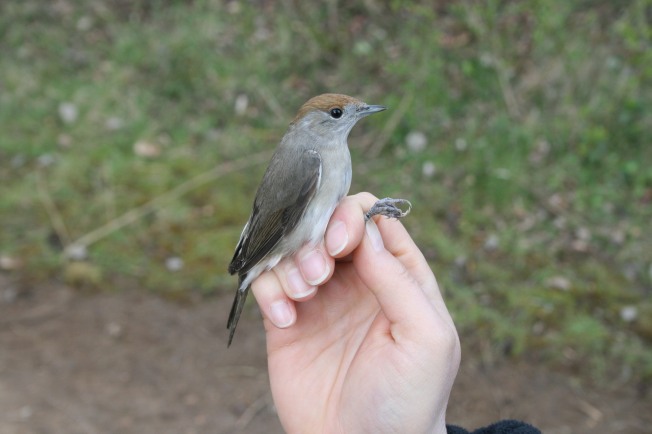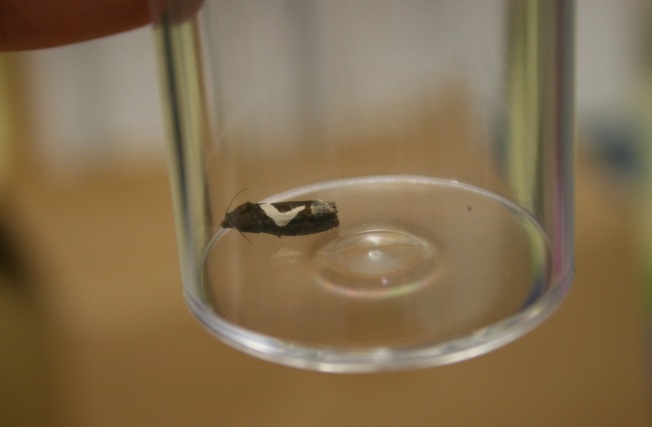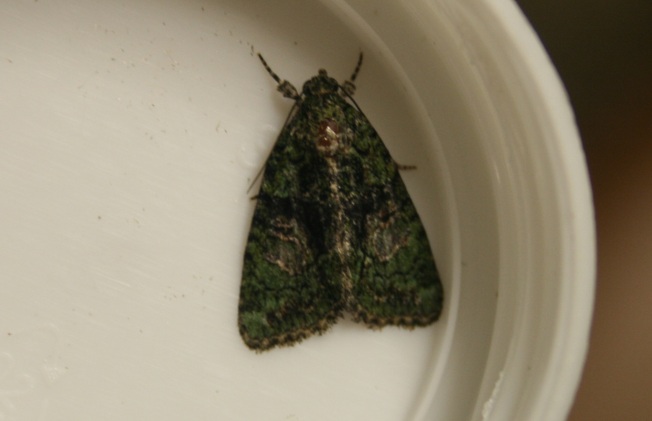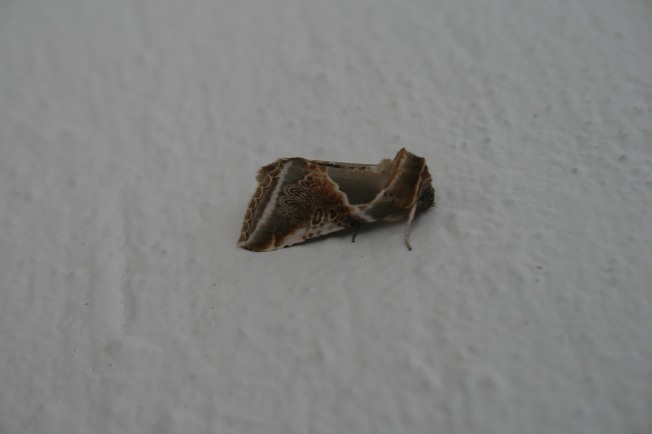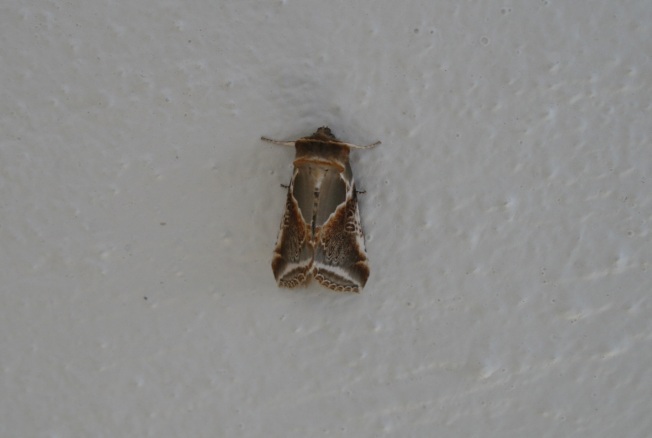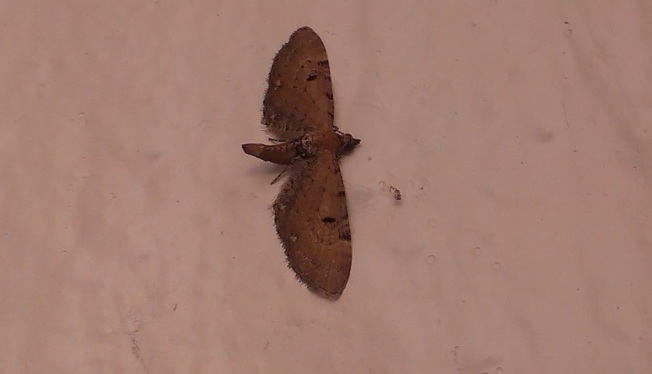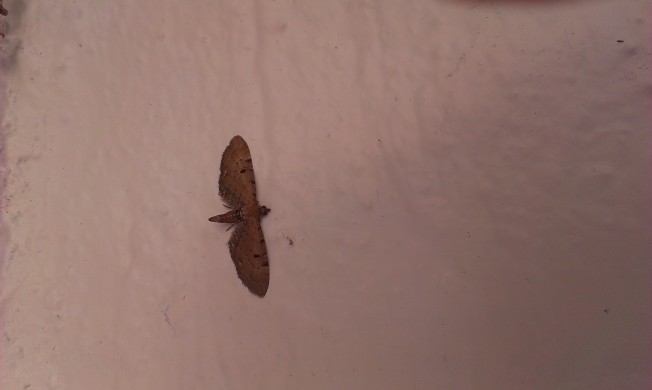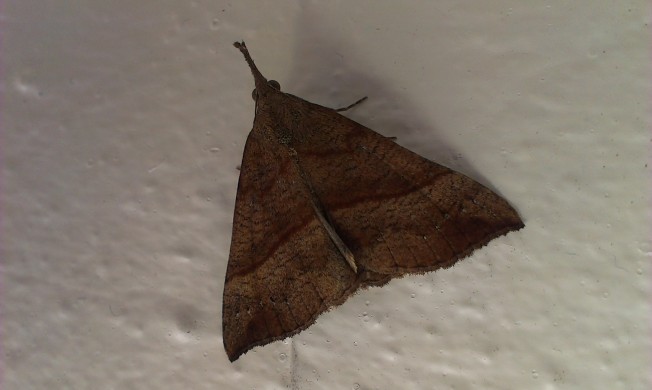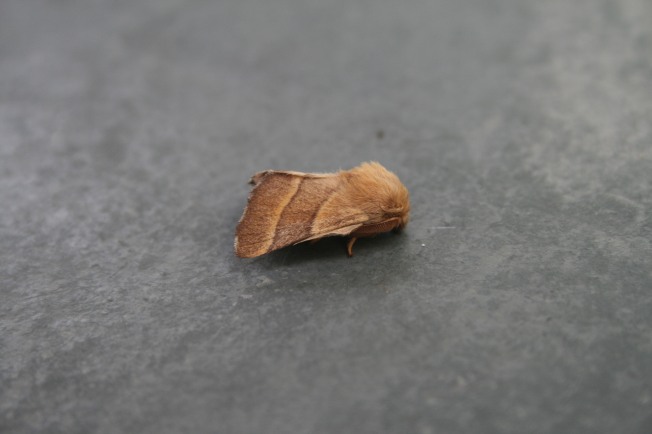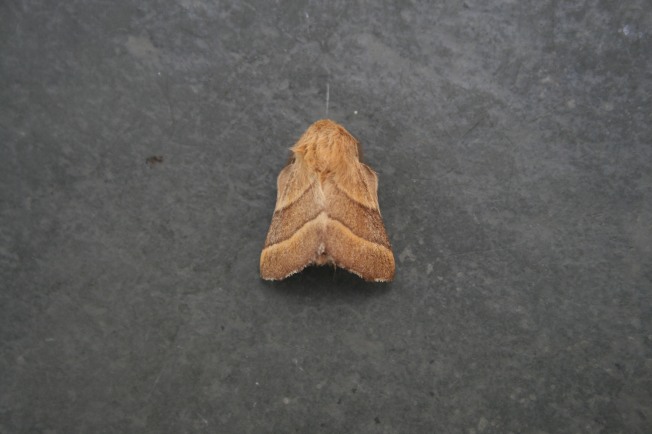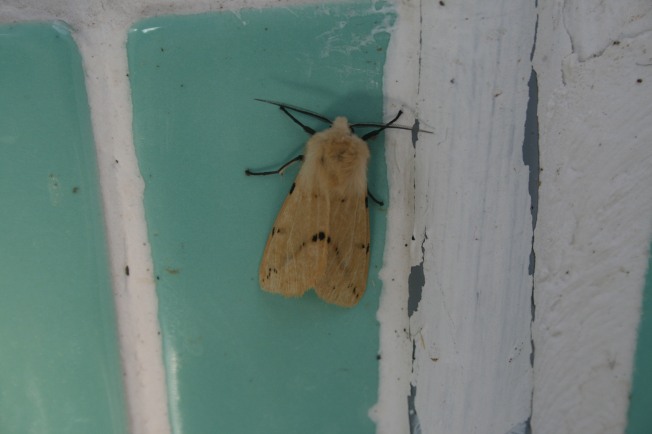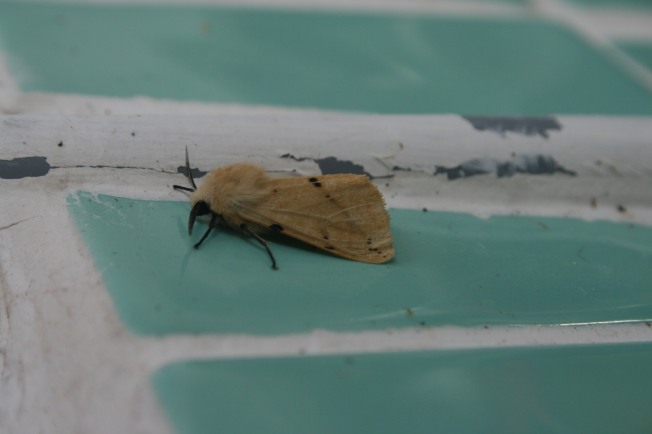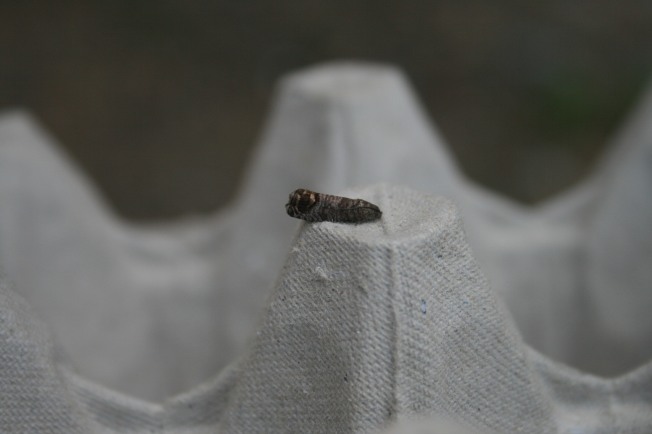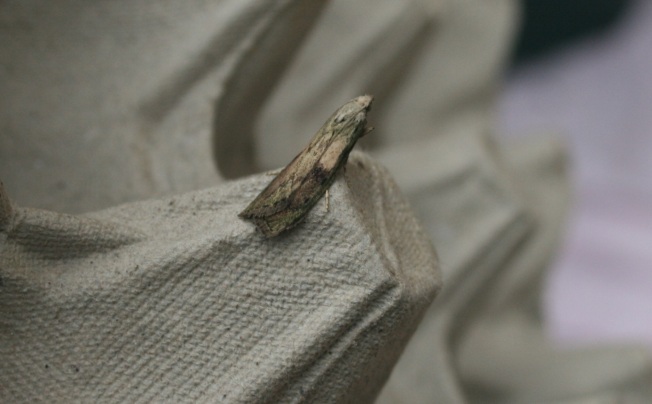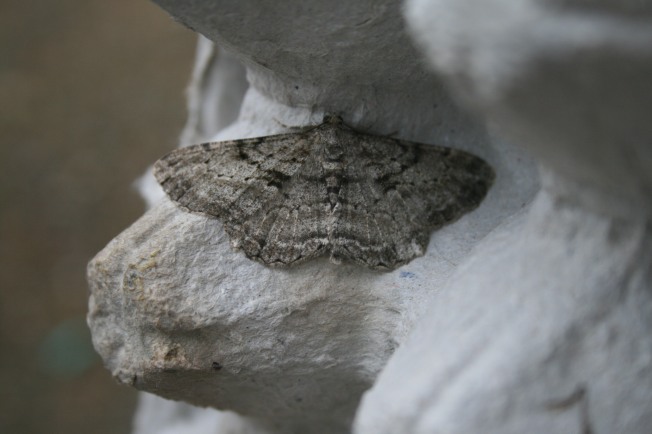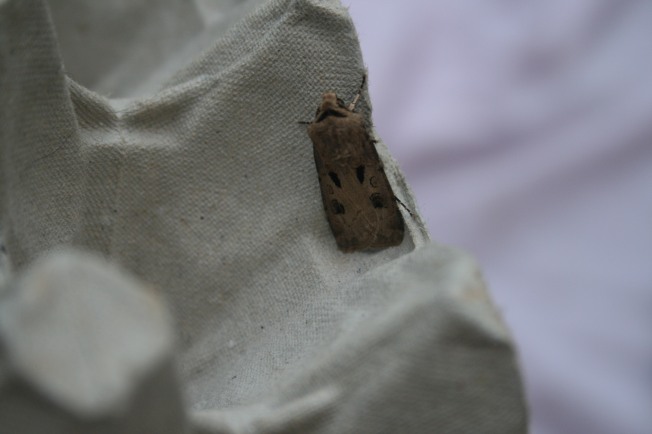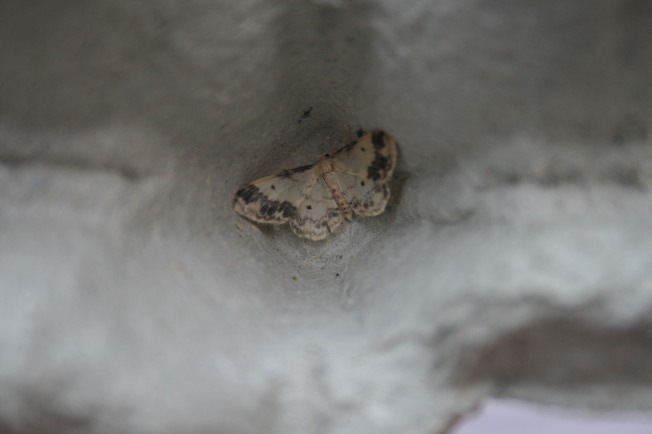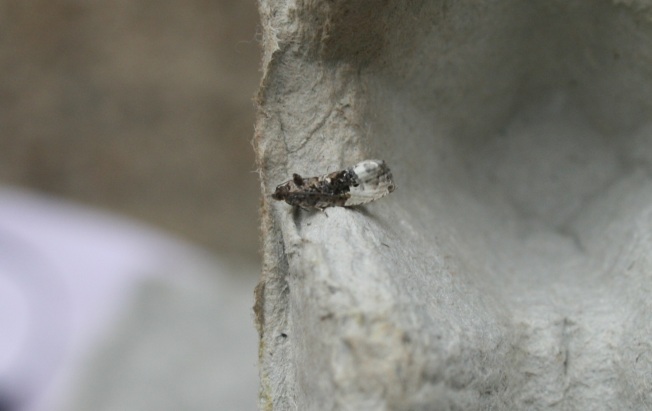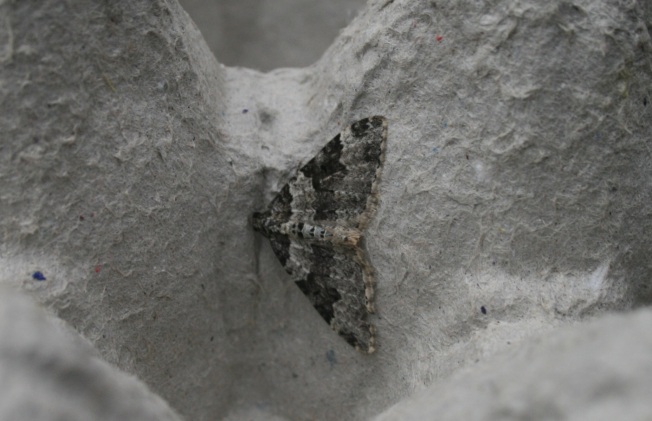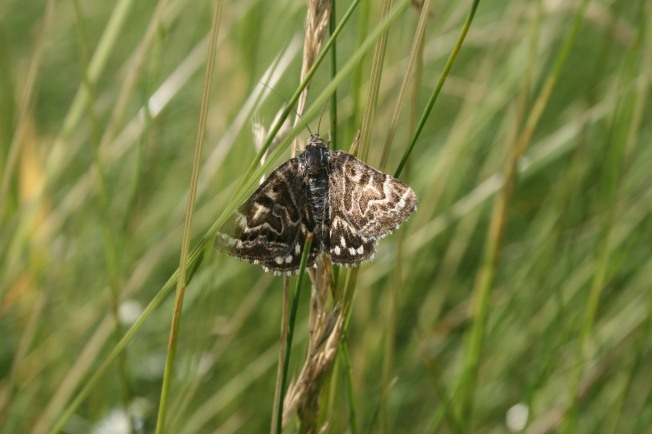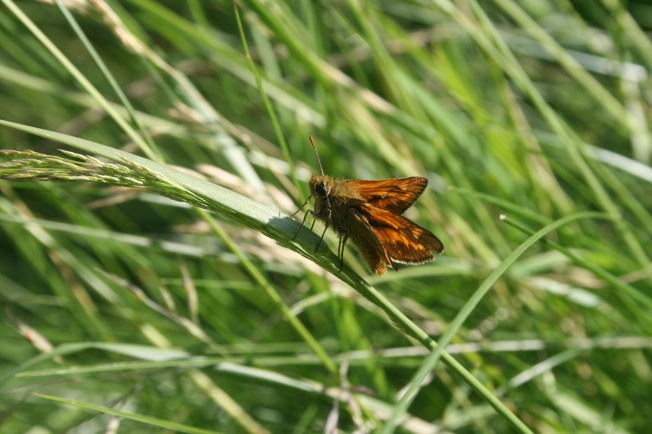I was laughing with somebody the other day about the strange looks and worried remarks that, as a wildlife enthusiast, you some times get when a passerby catches you in a public place either posed with your face to the grass and bum in the air or halted in the middle of the road, binoculars fixed upon a nearby tree growing in somebody’s front garden. What got me thinking was his observation that the reason people seem to think this is odd is because it’s the sort of behaviour we would expect from a child – not an adult. A small child running through long grass with a net and a collecting pot generally warrants an ‘aaaah isn’t that cute!’ where as a fully grown woman doing exactly the same thing (just as enthusiastically, may I add) is generally regarded as ‘odd’ behaviour.
It is true that even my closest friends affectionately laugh and call me a ‘wildlife pervert’ (I think this all stemmed from a photo of red deer mating I captured a few years ago…). Personally this doesn’t put me off one bit, in fact I quite like this nickname! But it got me thinking why….. Why is this display of ‘child like wonder’ from adults regarded as something out of the ordinary, a little weird, perhaps even something to be wary of?
Curious people worry people. People who act ‘odd’ worry people. And I can understand this, especially living in London. As we grow up and seem to lose some of our child like wonder we also gain the ability to judge others (some times harshly) and of course the ability to harm others; and people do, that is a fact of life. But this means that are innate ability to wonder and to explore our surroundings in many cases is inhibited and we take the ‘safe option’ and prefer to look down, turn to the comfort of our mobile phones, avoid eye contact with others. We don’t want to be thought of as ‘weird’ or as a threat, and indeed we don’t want anyone else to become a threat to us.
I’m not saying it’s wrong of us to be wary of others, or that we shouldn’t care what others think, but it just seems a bit excessive some times (I admit I am guilty of this). For all the pressure, stress and responsibilities that come with the ‘adult world’ I feel we need to hold on to our innate ability to wonder, to be able to feel that curiosity we did as a child and to explore our surroundings without feeling the need to contain our enthusiasm, to disconnect ourselves in fear of appearing like a ‘weirdo’.
Sure I agree sometimes it is necessary disconnect, perhaps to curl up on the sofa, switch off and lose yourself in a book or a film; but what about loosing yourself in the real world? Even if wildlife is not your thing (blasphemy!) there is still so much to explore; man-made things can be just a fascinating, as can people themselves. An open mind is a mind that looks and asks ‘why?’ and ‘how?’ and ‘what if? – a child that has never seen a grasshopper hop before squeals with delight at such a sight, but as adults we have the capacity to not only enjoy this phenomenon but to take it one step further by asking ‘how does a grasshopper hop?’. And suddenly, just like that, a whole new world of wonder and fascination is revealed. Of course you don’t need to find the answers to everything (indeed there are many many things we cannot fully explain); the beauty is in the process of wondering and where that wonder might lead you. The beauty is that every one of us posses the ability to wonder, and every one of us does so in a different way. There is never just one way to ask a question and there is never just one answer to that question.
But first, you have to look!
The same can be said for interacting with ‘strangers’ (even the word has negative connotations, as we are so often taught about ‘stranger danger’ as a child – rightly so). Living in London it is a rare occurrence when my friendly good morning greeting whilst out running is acknowledge, let alone responded to. Of course it is an absolute no no to even make eye contact with some one whilst travelling on the tube, let alone strike up a conversation (of course this isn’t always true, but it is generally the case). I can completely understand that some times you want to keep yourself to yourself (I certainly have those days) but again I feel this is taken to the extreme when someone would much rather rely on their mobile phone than ask a real human being for help, directions, or even an explanation of something that has caught their interest. Again, I am definitely guilty of this!
Recently I have been taking a detour on my walk home from work past an unassuming small area of acid grassland/heathland, an area that hundreds walk past everyday. Often I see them with their face down looking at their phone, completely unaware of the beauty that surrounds them. As I said I know wildlife isn’t every ones thing….. But I cannot be convinced that what they are looking at on their phone is more beautiful or more fascinating than what they could find by just looking up (and down…. And around!). Just a few minutes spent observing and you could find everything shown in the photos below, and more.
Even to just stop for a moment to lie in the grass and look at cloud formations, to look closely in the long grass and see what insects you can find, to listen to the gorse crackling in the heat or the song thrush singing its heart out. Or if you feel like skipping through the grass ‘tunefully’ singing your favourite Disney classic…. Then go for it! You never know where that moment of wonder, of curiosity; of pure, carefree, child-like behaviour may take you. And if some one gives you a quizzical look? Smile at them!
You never know where that smile may lead you….. 🙂


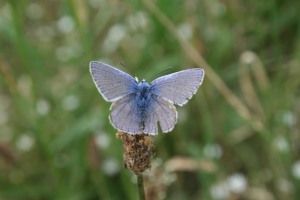



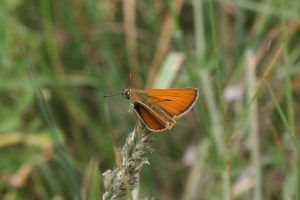





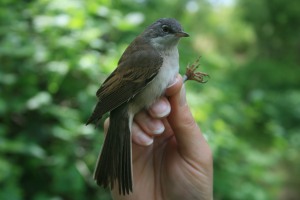






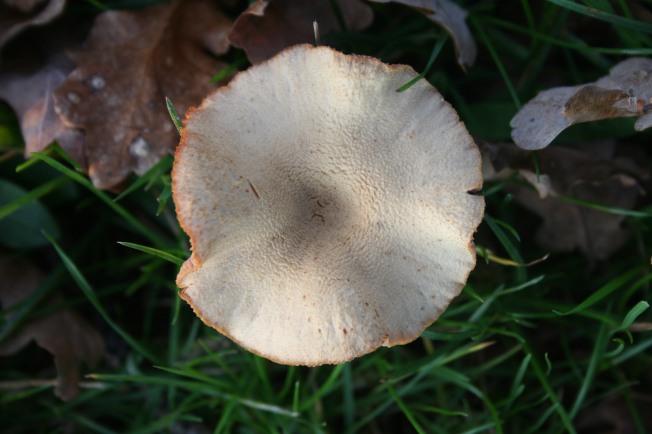
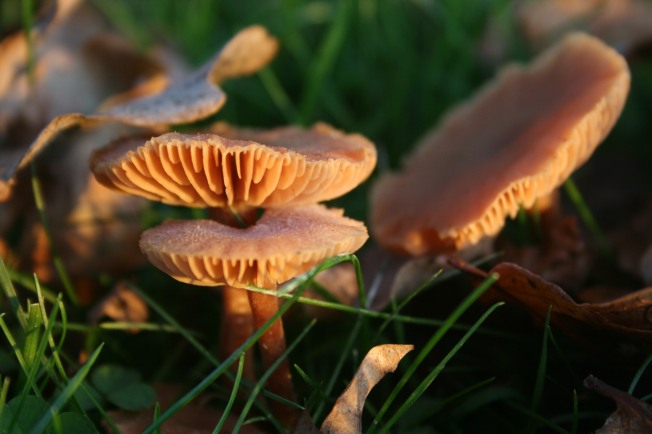
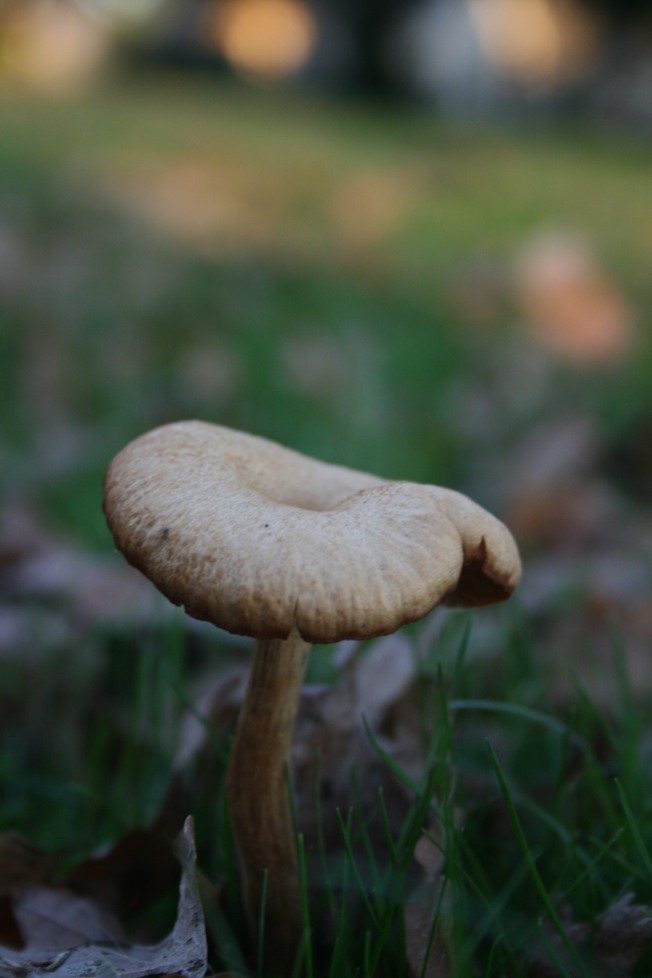
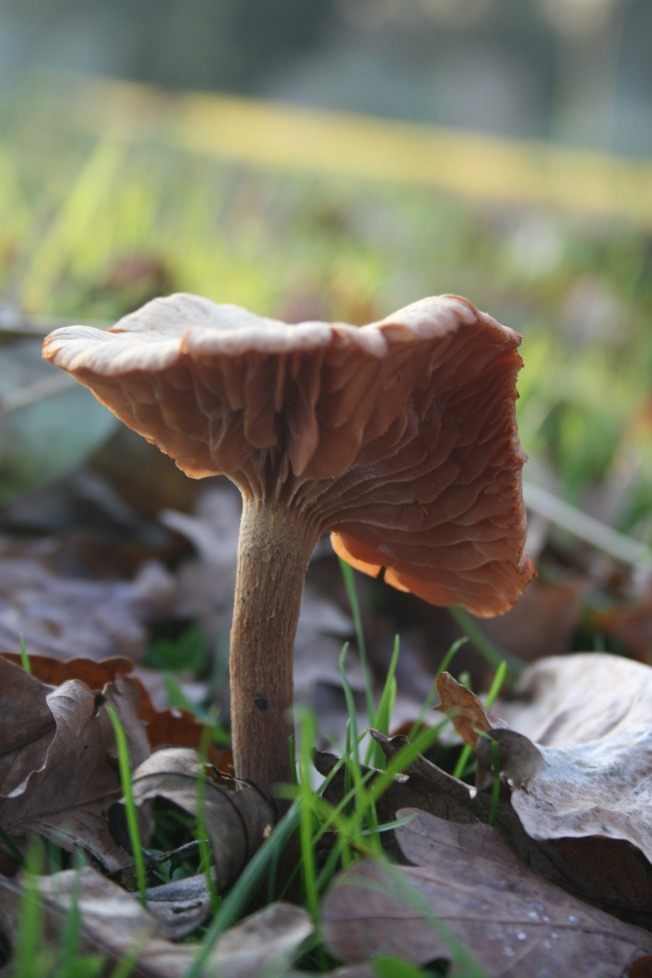
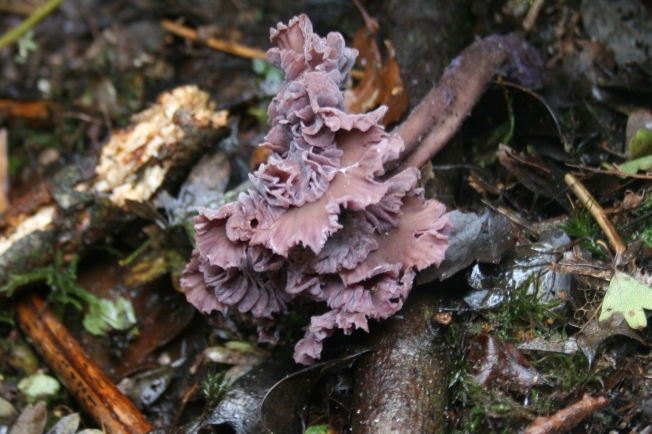
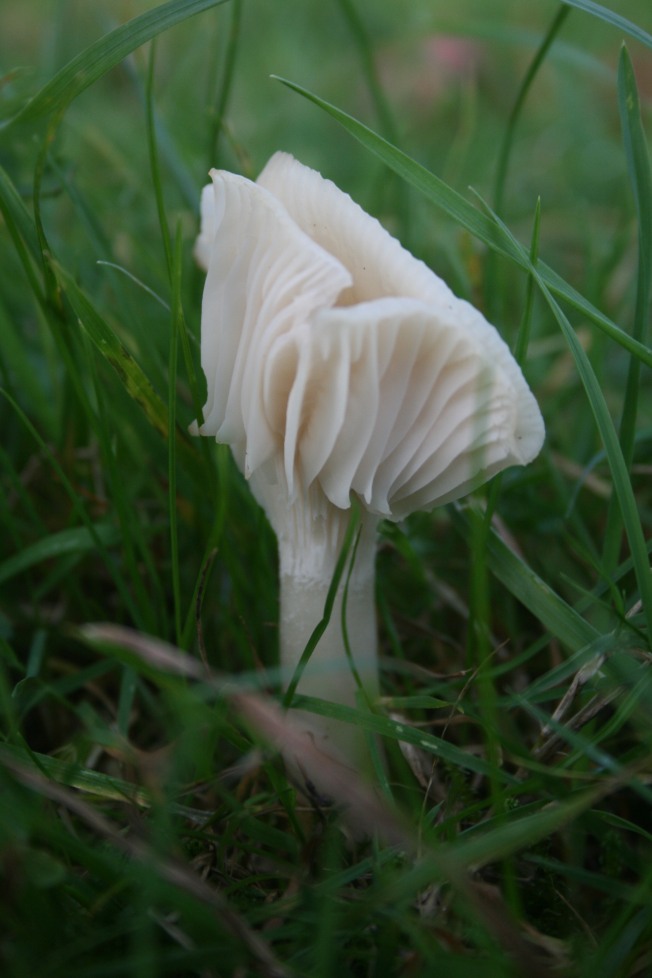
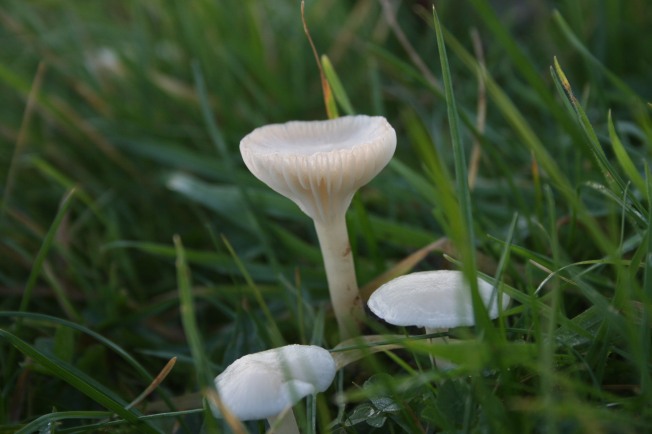
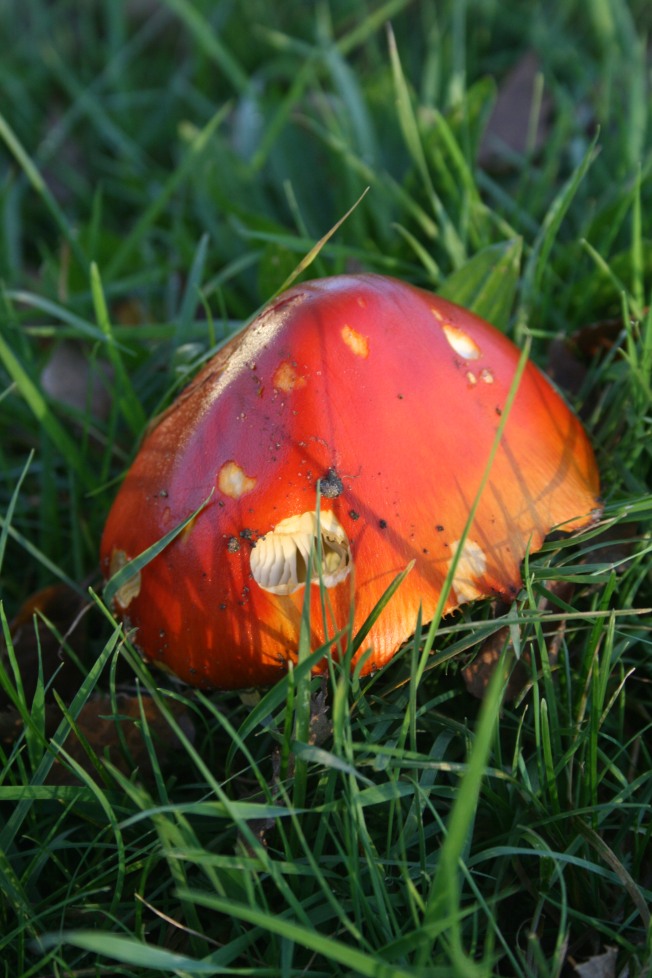
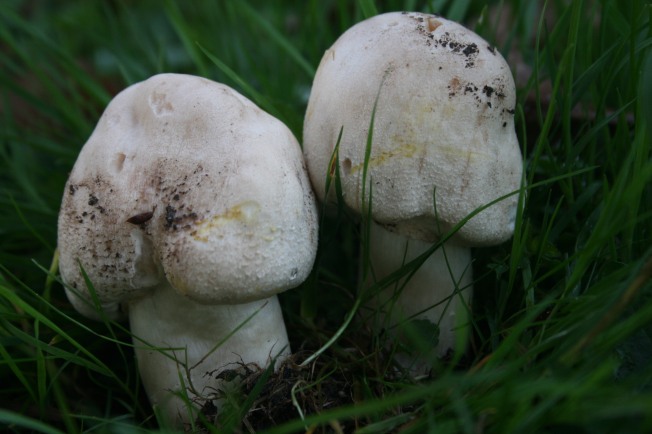


 Here is a nice shot of a redwing on Hampton Common I took a few years a go to make up for the lack of frontal photo! Not a ‘close up’ but still shows how lovely these bird are.
Here is a nice shot of a redwing on Hampton Common I took a few years a go to make up for the lack of frontal photo! Not a ‘close up’ but still shows how lovely these bird are.



